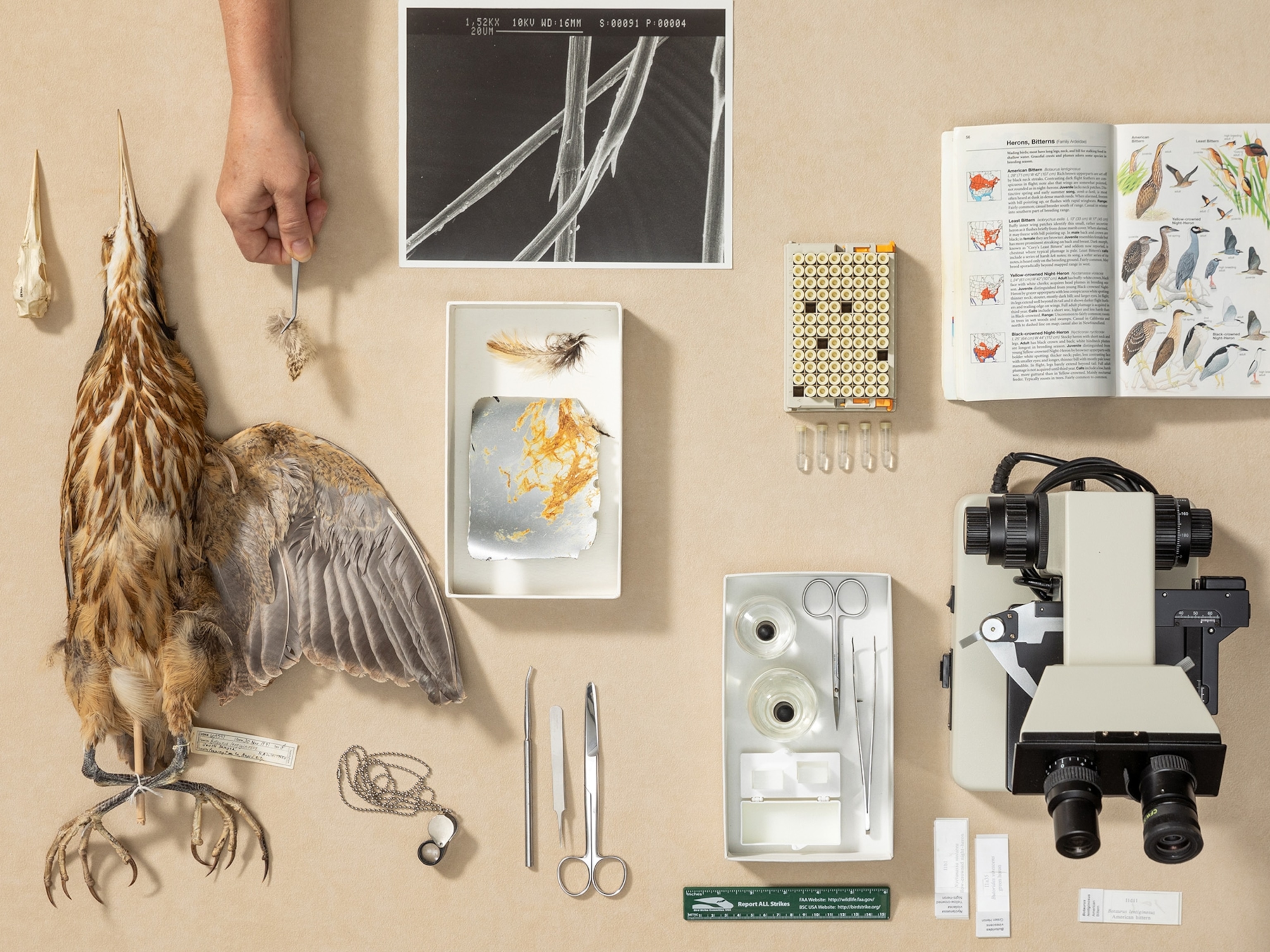
This ‘SmartBird’ Is the Next Thing in Drone Tech
A drone with flapping wings can fly silently and efficiently.
Remote-controlled drones have become an invaluable tool for government agencies, researchers, filmmakers—anyone trying to get a bird’s-eye perspective on the world. Today’s most common drone, the quadcopter, excels at vertical takeoffs and stationary hovering. But it’s noisy and is a literal drag when it comes to forward flight. Its whirring motors burn about four times the amount of power as a plane-like drone with rigid wings.
So-called ornithopters, which have flapping wings, offer the best of both worlds. The one seen here, named SmartBird, has a 6.5-foot wingspan and was modeled after a herring gull. It can cross the sky silently and efficiently and can take off and land in tight quarters.
The next advance, dronebuilders say, will be to emulate the way birds change the shape of their wings by overlapping their feathers, as when a peregrine falcon performs a dive at more than 200 miles an hour. “I don’t know any aerial robot that can do that,” says David Lentink, a Stanford University mechanical engineer who studies biological flight.
THE YEAR OF THE BIRD
In 1918 Congress passed the Migratory Bird Treaty Act to protect birds from wanton killing. To celebrate the centennial, National Geographic is partnering with the National Audubon Society, BirdLife International, and the Cornell Lab of Ornithology to declare 2018 the Year of the Bird. Sign the pledge to find out this month's action and share your actions using #BirdYourWorld to increase your impact.




